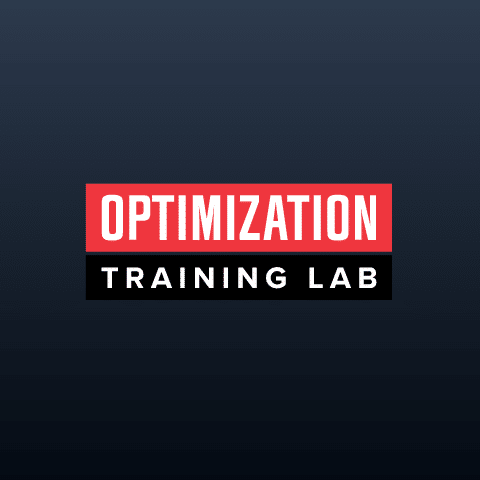High Intensity Quantified Strength Training, our method and philosophy of exercise, can by its very name cause people to conjure up different ideas of what constitutes this type of exercise. This is especially due to the words, “High Intensity”
We often joke with our clients after they comment that a certain exercise or training session was ‘really hard; or ‘that it really got their heart rate up” with the response that “it is meant to be hard, that is why it is called High Intensity.’
Some people may be drawn to the idea of “High Intensity” and see it as a challenge. However, I realize that this is not the case for everyone. It is totally understandable that “High Intensity” especially, when used to describe exercise can bring a connotation of being dangerous. This can be especially true if you have had prior injuries.
What I want to convey here is that the way we employ intensity to exercise empowers you to be capable of training hard enough to stimulate your muscles while maintaining safety.
A few of our previous emails and blog post can be used to explain this.
Understanding the “Primary versus Assumed Objective of Exercise” , “How To Train To Momentary Muscular Failure”, and “The Optimal Technique For Exercise” should help you understand how to train intensely while still being safe.
I would like to focus on a couple of other key points that I hope can be helpful as well.
1. Effective exercise is uncomfortable. Building muscle is expensive from a metabolic perspective and a luxury to have, especially as we age. If we don’t give our body an impelling reason to build it or keep it, then it won’t. It is not normal to want to be uncomfortable but it is our “will’ to override the natural instinct of seeking comfort to embrace discomfort in order to build a stronger body and mind. It may be helpful to remember that the active pursuit of comfort leads to a faster path to aging.
It is also very important to focus on building awareness around and distinguishing the difference between the discomfort of productive exercise and painful injury. I encourage you to even consider your language in this area. I often hear people say that an exercise hurts when what they really are experiencing is the discomfort from the effort or the burning sensation brought about from the metabolic distress of productive high intensity exercise.
The word “Hurt” tends to bring on negative connotations. I encourage you to embrace the discomfort and work to create the positive neuro-association that this discomfort is a sign of productive exercise.
2. The last reps of an exercise taken to Momentary Muscular Failure with good form or actually the safest reps. Remember that two primary mechanisms of injury are excessive force and/or improper alignment or positioning. Also, remember that the primary objective of exercise is to stimulate the muscle not move the weight. We teach and encourage you to move slow and controlled during strength training to reduce the high forces. As you move through a set working towards fatigue you are momentarily reducing your capacity to produce force. Therefore, as you progress through a set the exercise actually becomes safer. This, of course, is true as long as you remember the “primary objective” and remain diligent with your technique. If you think of these two concepts logically, you can see why that the exercise becomes safer the closer you get to momentary muscle failure.
Hopefully, you will find this knowledge empowering to remove potential fear from your training, so that, you continue to close the gap to becoming the strongest and best version of yourself.
